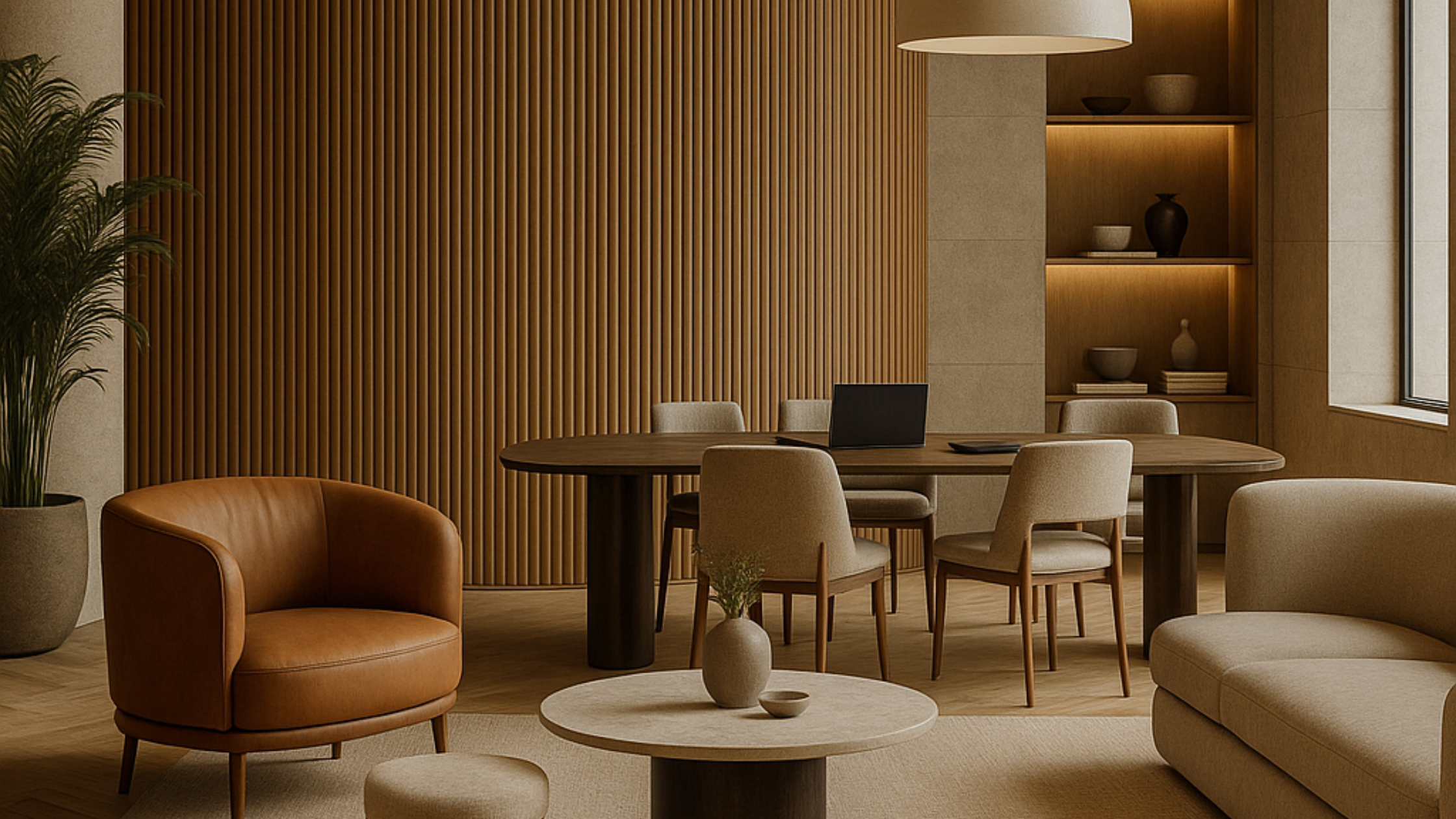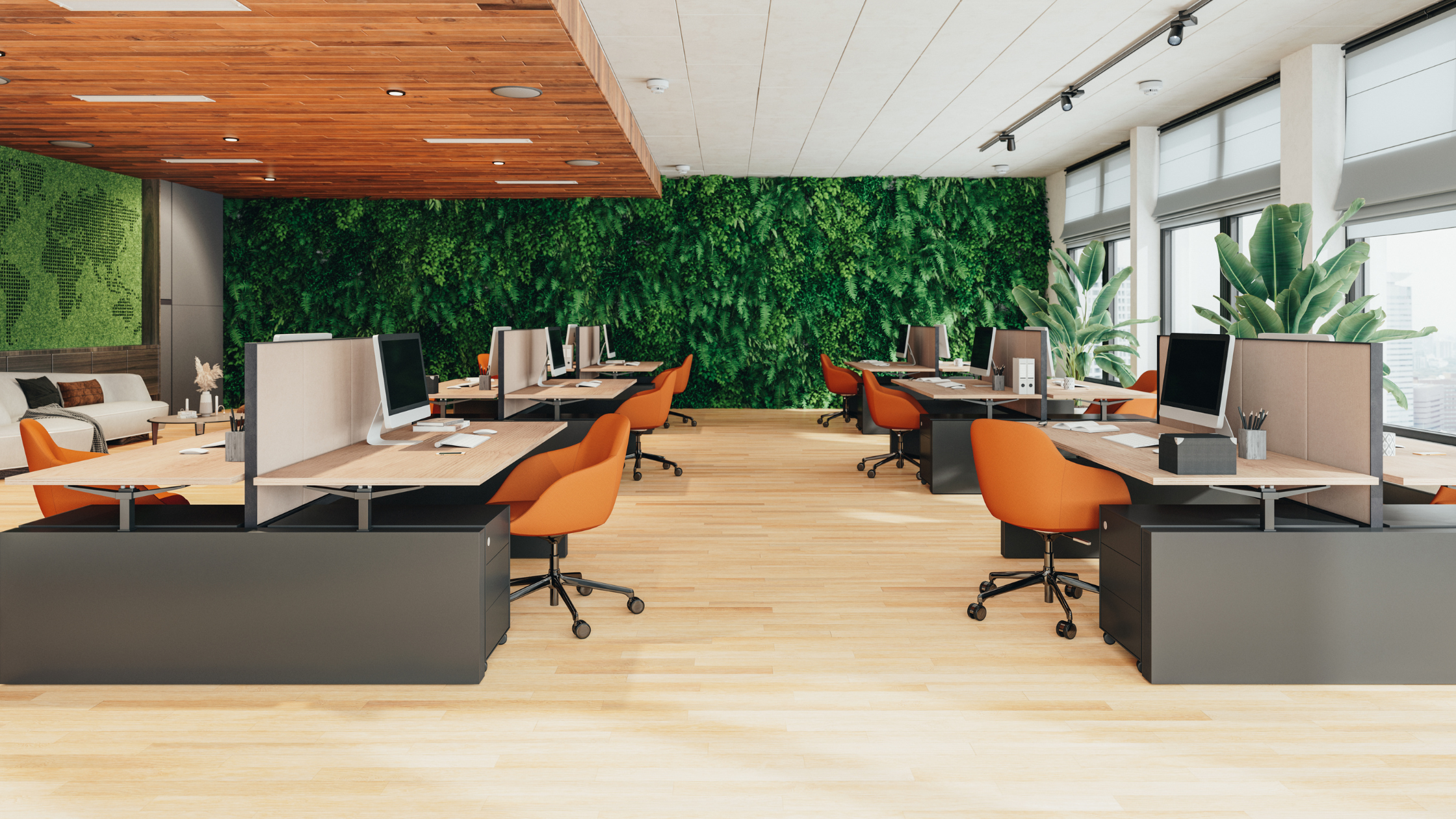The workplace design conversation has shifted. It’s no longer sufficient to ask, “How much square footage do we need?”
Instead, forward-thinking organisations are asking: What experiences are we enabling? The most enduring value a workplace delivers is not its walls, but its emotions, connections, and meaning.
Over the past few years, countless companies have experimented with hybrid, flexible, and design-forward offices. The results are clear: a well-designed workplace fuels productivity, engagement, and differentiation.
Employee experience correlates with performance. Workers who report a positive employee experience are 16× more engaged and 8× more likely to stay with their employer. Firstup
Productivity constraints in the office are often structural. A survey by Robin found that 76% of employees believe they would be more productive in the office if their equipment were already set up and ready at their desks. And yet, 89% of people spend up to 20 minutes upon arrival locating the right tools. robinpowered.com
Hybrid work is here to stay. Nearly 73% of employees say flexible work models make their workplace more attractive and Gen Z is particularly decisive: 66% said a company’s work setup was a key factor in accepting a role. Archie
Office design matters more than ever. As Gensler puts it: “Where employees work affects their level of engagement, productivity, and collaboration and workplace design must respond to these new expectations.” Gensler
Rethinking space usage. CBRE notes that hybrid models demand a broader mix of spatial types (focus zones, huddle rooms, social areas) rather than rows of desks and that utilization data must move beyond headcount to “peak-versus-non-peak” behavior. CBRE
These insights underscore a central truth: the metrics by which we evaluate real estate, cost per square foot, occupancy, density, are becoming insufficient. Therefore the most forward-looking companies are redefining success in the workspace by experience outcomes.
From concept to craft: What experience-led design looks like
If experience is your yardstick, how do you translate that into built reality? The design process should revolve around three guides: empathy, flexibility, and narrative.
Empathy first. Understand the work rhythms, pain points, and aspirations of your people. Observation, interviews, and usage-data (e.g. booking behaviour, traffic flow) help map the “moments that matter” from concentration sprints to casual collisions.
Program with flexibility. Spaces should adapt to changing needs: drop-in focus pods, modular partitions, convertible furniture. The goal is not permanence but agility. In hybrid environments, every seat should feel optional, not mandatory.
Craft the story. The workplace should tell your brand’s narrative. Light, materiality, circulation, branding touchpoints – all of these become tools for reinforcing identity, culture, and purpose.
When you design with experience in mind, you shift from “making a place to work” to “making a place to belong, imagine, and grow.”
- Cat Lacey, Senior Interior Designer, WOWVI Spaces
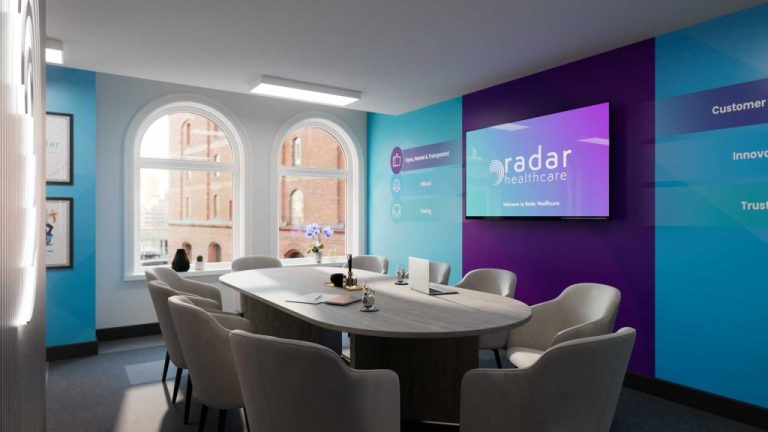
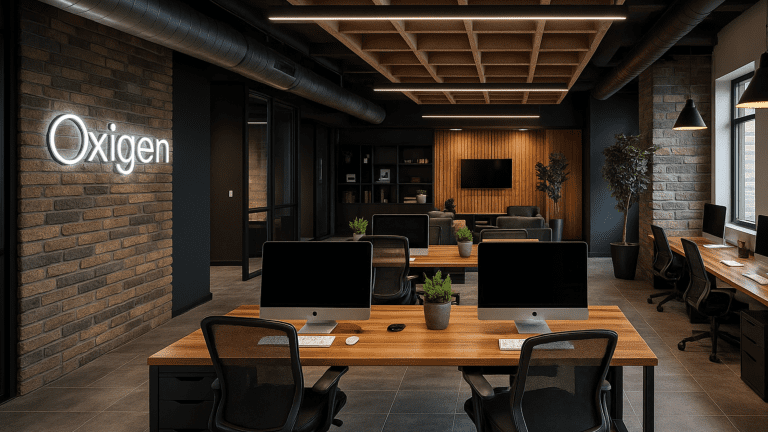
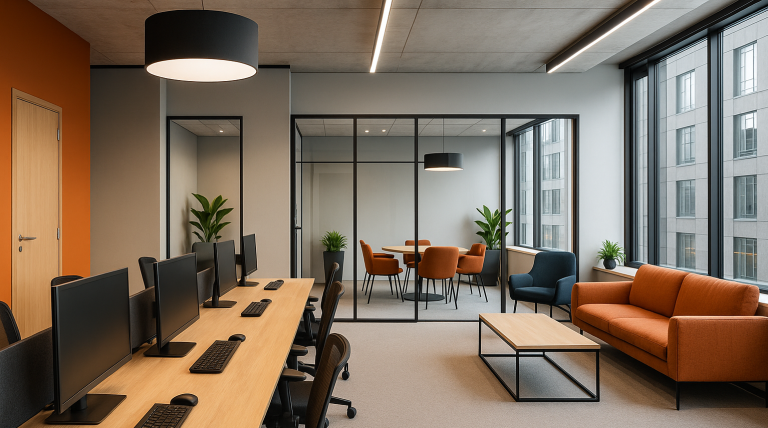
Measuring what matters: from usage to feelings
One of the biggest challenges in experience-driven workplace design is measurement. Traditional metrics, desk occupancy, meeting-room utilisation are still useful, but they must be complemented by qualitative and sentiment metrics:
Experience surveys (How do people feel before, during, after time in a particular zone?)
Movement analytics / heat maps (Which spaces see traffic? Which are under-used?)
Booking behavior (Which zones get booked but rarely used? Which are over-subscribed?)
Retention, engagement, well-being correlations (Does product-team retention improve once their workspace is upgraded? Do collaboration metrics increase?)
Meaning, a mature evaluation model links design interventions back to outcomes like productivity, satisfaction, and talent retention.
The strategic imperative for organisations
In 2025 and beyond, organisations that cling to “more desks = more space” risk falling behind. Talent is increasingly discerning: they choose employers based not just on pay or perks, but on how workplaces make them feel. The companies that outperform will lean into workplace design as a strategic tool, not a cosmetic one.
For businesses:
Real estate should be reframed as an experience portfolio.
Investment in the workplace is an extension of people strategy.
Differentiation comes through nuance: acoustics, daylight, wayfinding, spontaneity: these are the levers people remember.
To designers and workplace strategists:
Rethink the brief: don’t start with area per person, start with experience intent.
Merge data (analytics, IoT) with qualitative insight (observation, narratives).
Iterate. Real spaces are living systems; monitor, test, adjust.
The masterpiece is the experience
At WOWVI Spaces, we see each workplace as a canvas. The walls, the furniture, the light — those are the strokes. But the masterpiece is the experience: the surprise, the collaboration, the quiet focus, the moments of delight.
So when you measure not by square metres, but by meaning, when you design not for density, but for resonance – you unlock the full power of space.
Are you ready to rethink what your workspace can do? Let’s make it extraordinary.
